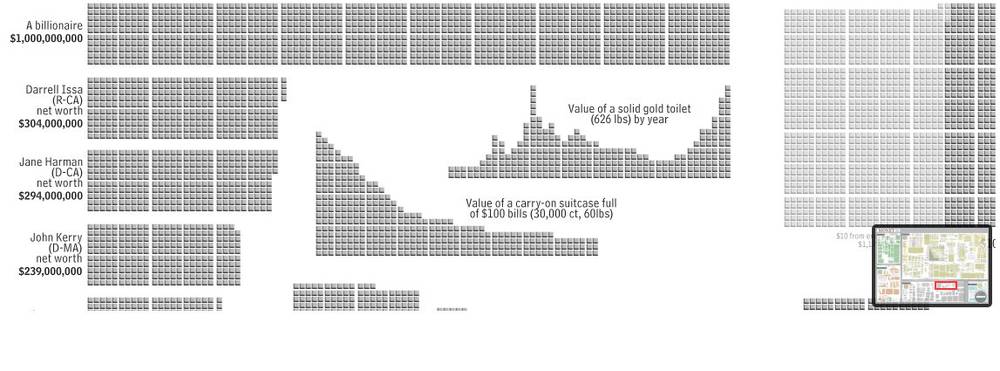Follow the Hash Tag is a neat new application, which creates a live visualization of the most active users of any particular twitter hashtag.
From Infosthetics:
The visualization can be filtered for specific keywords, retweets or even unique Twitter users, including several other parameters (such as the minimum or maximum number of times a user needs to mention the keyword to be selected). The result then becomes a large clickable bubble graph accompanied with several Twitter frequency statistics, in which each user is being represented as a unique bubble of which the size depends on the number of appropriate tweets. These bubbles can be further explored to discover the usernames, profiles and their messages










 Infographics
Infographics